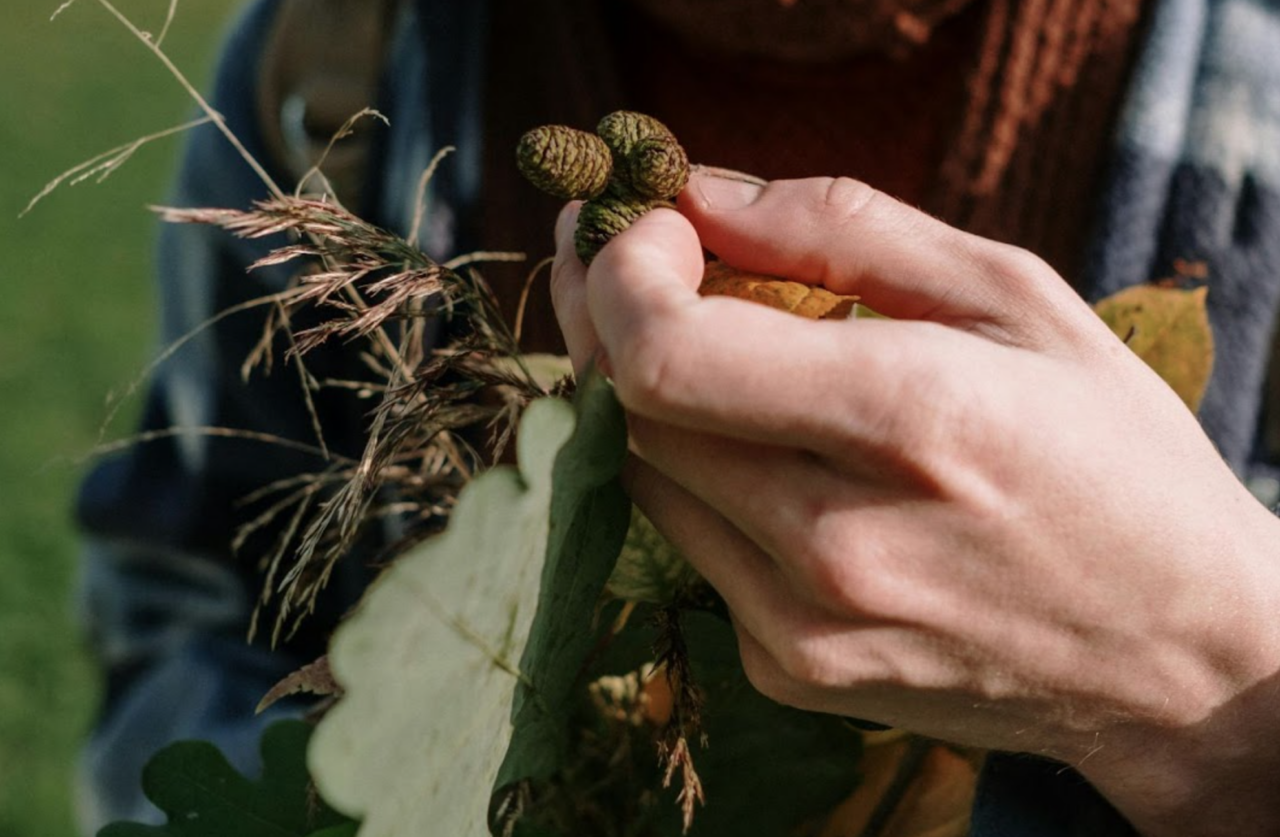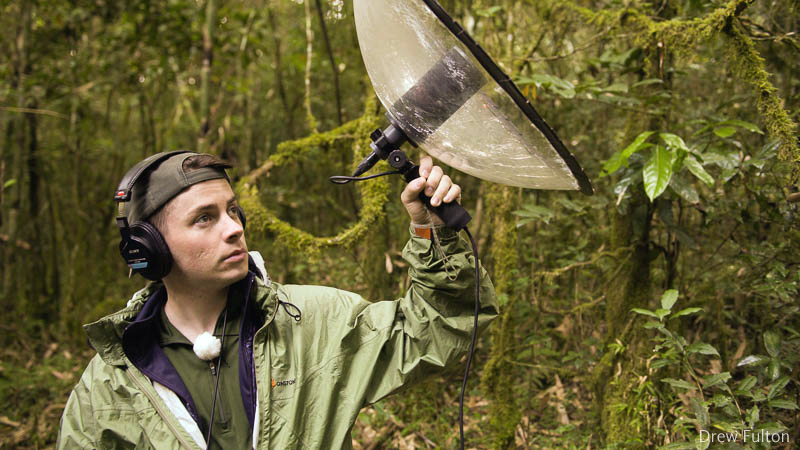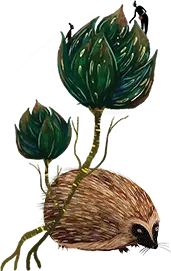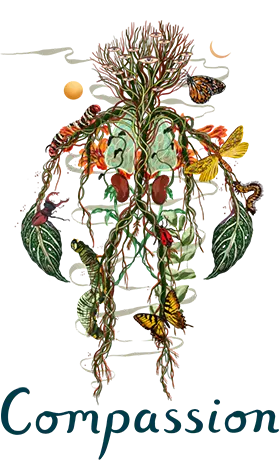
What is the Senses pathway to Nature Connection?

The Senses pathway is about…
Sensory engagement with nature – noticing, exploring, and appreciating our contact with nature through the senses.
Written in partnership with Carly Butler from the Nature Connectedness Research Group at University of Derby

When we are in a natural space, we receive information about the world around us through our sense of sight, smell, hearing, taste, touch and so on. Artworks and digital technology can also offer indirect nature-based sensory experiences.
We receive sensory information simply by being alive, but we can activate the senses pathway to nature connection by actively tuning in to the nature around us through our senses, noticing what we can see, hear, smell, feel and taste.
Focusing our attention on what our senses are picking up helps bring our bodies and minds together with nature, heightens our sensory experience, and enhances the possibility of experiencing the joys and wonders of nature.
It is the foundation for creating a sense of attunement with the more-than-human world.

Sensory engagement helps shift nature from being simply a backdrop setting for our activities, and encourages a feeling of immersion with nature. Simply noticing what sensory information we can receive is a beautiful reminder of complexities and intricacies of the natural world, and also what we might be missing by not paying attention.
Exploring senses
While it is fairly straightforward exploring the five main senses, there are many other senses that you could play with in nature – a sense of temperature, a sense of gravity, a sense of awareness of your body in relation to world around you. Exploring and imagining the sensory worlds of other than human species can also heighten appreciation of elements of nature that are unseen or unheard with human sensory systems.
Smell – Taste – Touch – Hearing – Vision – Temperature – Kinesthesia – Gravity
Sometimes it helps to see a pathway in action, which you can read more about here.

What the research says…
The multisensory experience of being in nature is often identified as being key to positive moments in nature.
Forest bathing involves a series of activities that encourage sensory engagement with nature – exploring all the senses and heightening sensory experiences. There are many studies that demonstrate the benefits of these exercises on psychological and physiological wellbeing. (McEwan et al., 2022).

Research has demonstrated the benefits of touching natural surfaces, like wood, on listening to birdsong, water etc., and the benefits of smells. Most research is focused on the visual sense though (famously, hospital patients with a view of a tree recovered quicker than those without a view) – and there’s less that focuses in on nature connectedness and people’s relationship with nature per se. (McEwan et al., 2022).

People who look at natural elements in urban environments experienced decreased anxiety and increased sense of restorativeness compared to those who look at ‘grey’ elements (i.e. buildings, roads etc.). Looking at trees is particularly beneficial for wellbeing. (Fleming et al.,2024)


Explore ‘Senses’ pathway activities…
References
McEwan, K., Potter, V., Kotera, Y., Jackson, J. E., & Greaves, S. (2022). ‘This Is What the Colour Green Smells Like!’: Urban Forest Bathing Improved Adolescent Nature Connection and Wellbeing. International Journal of Environmental Research and Public Health, 19(23), 15594.
Sophie C. Rickard & Mathew P. White (2021): Barefoot walking, nature connectedness and psychological restoration: the importance of stimulating the sense of touch for feeling closer to the natural world, Landscape Research, DOI: 10.1080/01426397.2021.1928034 https://doi.org/10.1080/01426397.2021.1928034
Bentley, P. R., Fisher, J. C., Dallimer, M., Fish, R. D., Austen, G. E., Irvine, K. N., & Davies, Z. G. (2023). Nature, smells, and human wellbeing. Ambio, 52(1), 1-14.
Fleming, W., Rizowy, B., & Shwartz, A. (2024). The nature gaze: Eye‐tracking experiment reveals well‐being benefits derived from directing visual attention towards elements of nature. People and Nature.
Franco, L. S., Shanahan, D. F., & Fuller, R. A. (2017). A review of the benefits of nature experiences: More than meets the eye. International journal of environmental research and public health, 14(8), 864.
Ratcliffe, E. (2021). Sound and soundscape in restorative natural environments: A narrative literature review. Frontiers in psychology, 12, 570563.
Bratman, G. N., Bembibre, C., Daily, G. C., Doty, R. L., Hummel, T., Jacobs, L. F., … & Spengler, J. D. (2024). Nature and human well-being: The olfactory pathway. Science Advances, 10(20), eadn3028.










